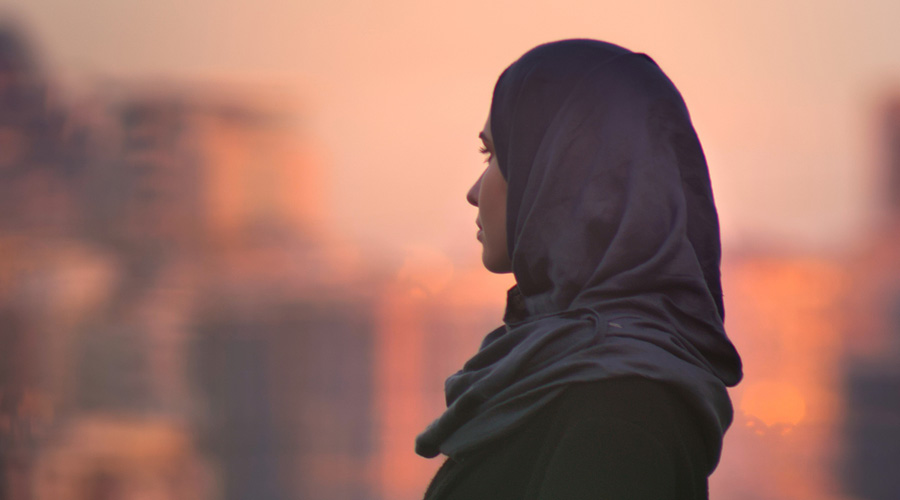A secular republic with diverse religions walks a razor’s edge. The edge becomes visible occasionally, as in the Karnataka High Court’s judgment on the challenge to the ban on wearing the hijab to class in junior college. The ban was upheld by the high court reportedly on the grounds that the hijab was not part of essential religious practice, and that dress codes prescribed by schools and pre-university junior colleges were a reasonable restriction, ‘constitutionally permissible’, to which students cannot object. The judgment revealed two angles of approach to the issue, one religious and the other based on practical, non-religious reasoning. There can be other approaches too: for example, why should the State decide what women must not wear? Questions of autonomy, freedom of choice and gender justice, to name a few, can be raised as well. The judgment, however, focused mainly on the religious aspect, and secondly on institutional discipline, since these were the two main grounds on which the petitioners argued their case.
The argument regarding a non-discriminatory dress code seems an also-ran compared to the weighty attention given to religion. This might prompt reflections on the unusual nature of India’s secularism. The hostility in Karnataka between supporters and opponents of hijab wearing — the high court reportedly deplored that the issue had been blown up — took on defined religious lines. The court suspected a hidden hand behind the upheaval; it is not clear whose. Yet the issue was simple: no morality, health or public order — the constitutional restrictions — was being violated. Everyone has the right to wear what they wish; in a secular-minded society religious symbols are not a problem. No one objects to turbans or the sacred thread. The high court upheld the ban with the essential religious practice test, which depends on a court of law interpreting religious texts. Apart from leading to opposite conclusions from the same religious verses — the Bombay High Court found the hijab inessential to religion and the Kerala High Court found it essential — this anomalous situation tests customary practices related to religion against clear-cut doctrine. The spirit of religious freedom that the Constitution communicates and the variety of religio-cultural practices that signal diversity are thus constricted. Perhaps the relationship between law and religion needs to be thought through more comprehensively.











